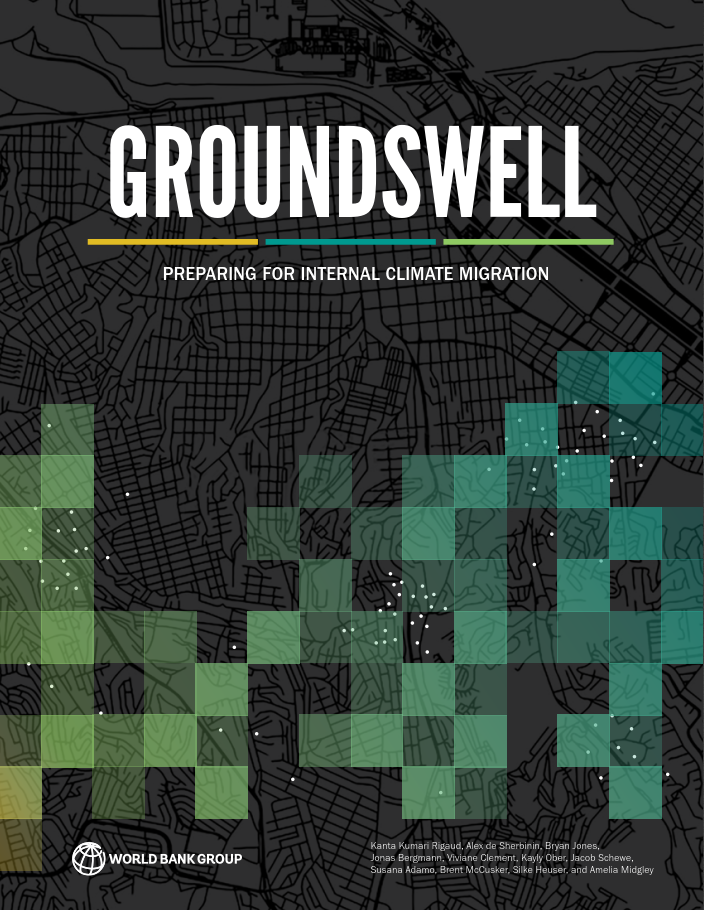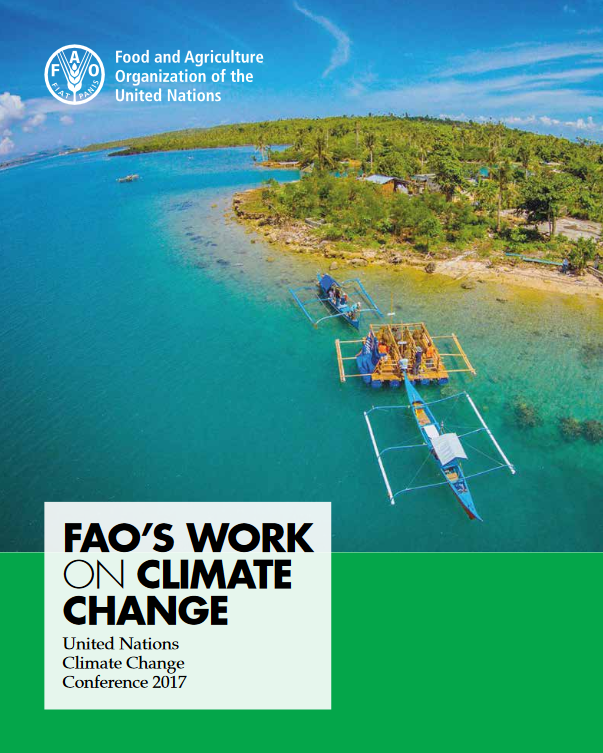Groundswell: Preparing for Internal Climate Migration
Internal climate migrants are rapidly becoming the human face of climate change. According to this new World Bank report, without urgent global and national climate action, Sub-Saharan Africa, South Asia and Latin America could see more than 140 million people move within their countries’ borders by 2050.





